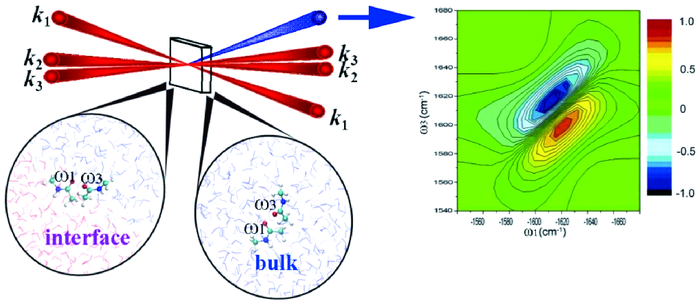 PDF(6759 KB)
PDF(6759 KB)


 PDF(6759 KB)
PDF(6759 KB)
 PDF(6759 KB)
PDF(6759 KB)
凝聚态化学研究中的动力学振动光谱理论与技术
 ({{custom_author.role_cn}}), {{javascript:window.custom_author_cn_index++;}}
({{custom_author.role_cn}}), {{javascript:window.custom_author_cn_index++;}}Dynamic Vibrational Spectroscopy in Condensed Matter Chemistry: Theory and Techniques
 ({{custom_author.role_en}}), {{javascript:window.custom_author_en_index++;}}
({{custom_author.role_en}}), {{javascript:window.custom_author_en_index++;}}
| {{custom_ref.label}} |
{{custom_citation.content}}
{{custom_citation.annotation}}
|
/
| 〈 |
|
〉 |